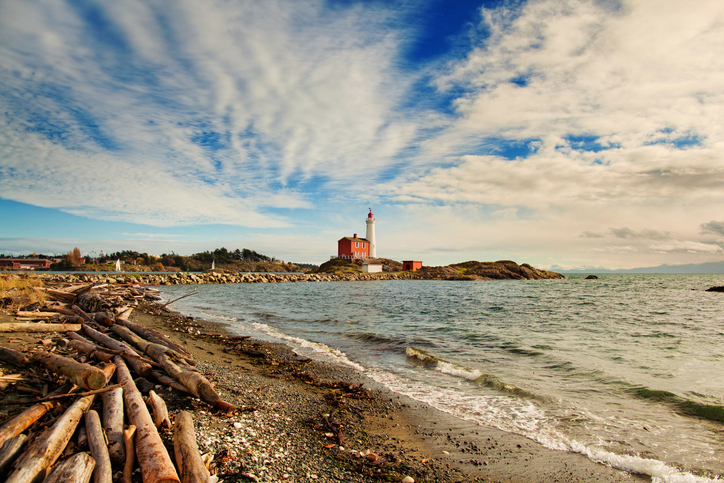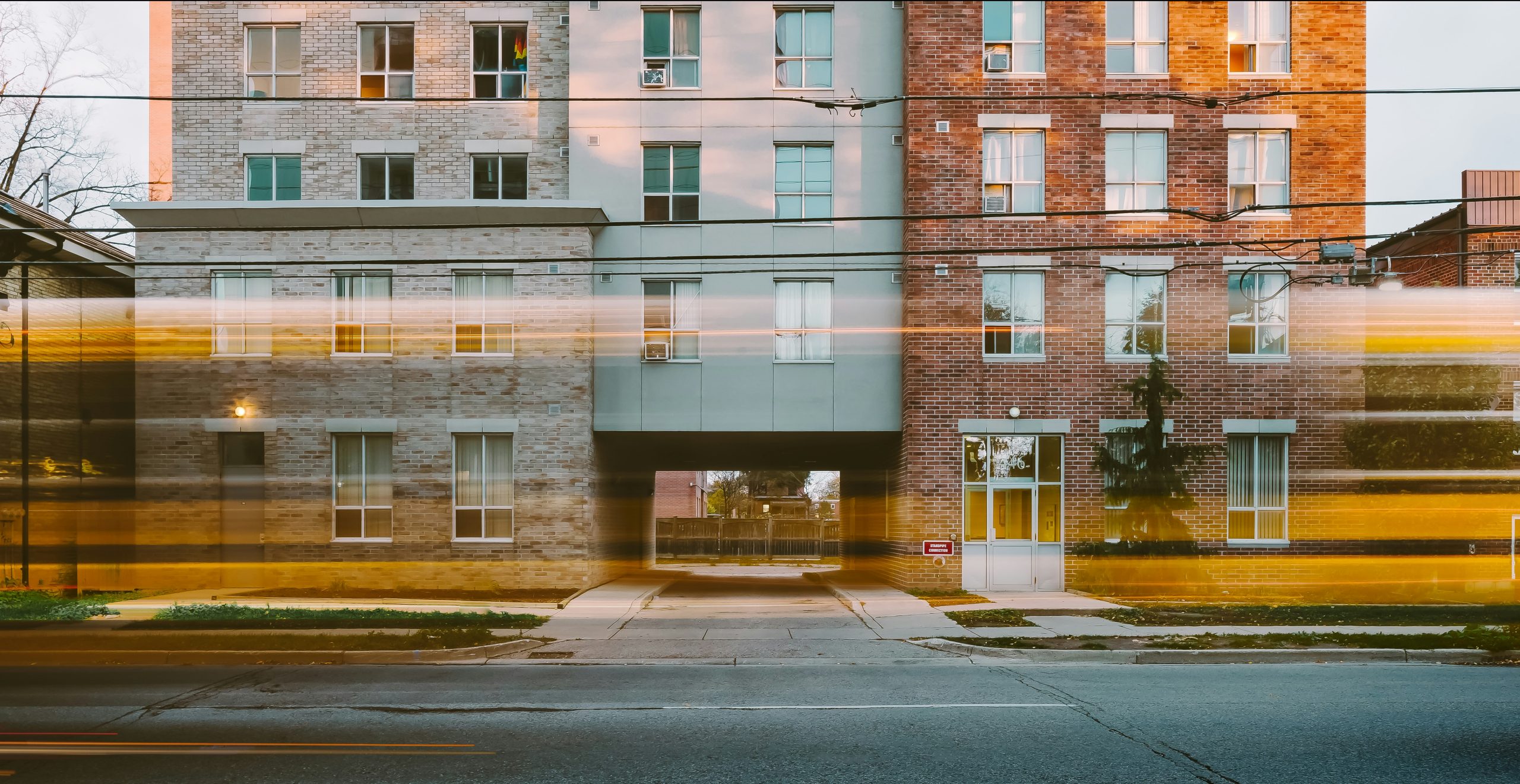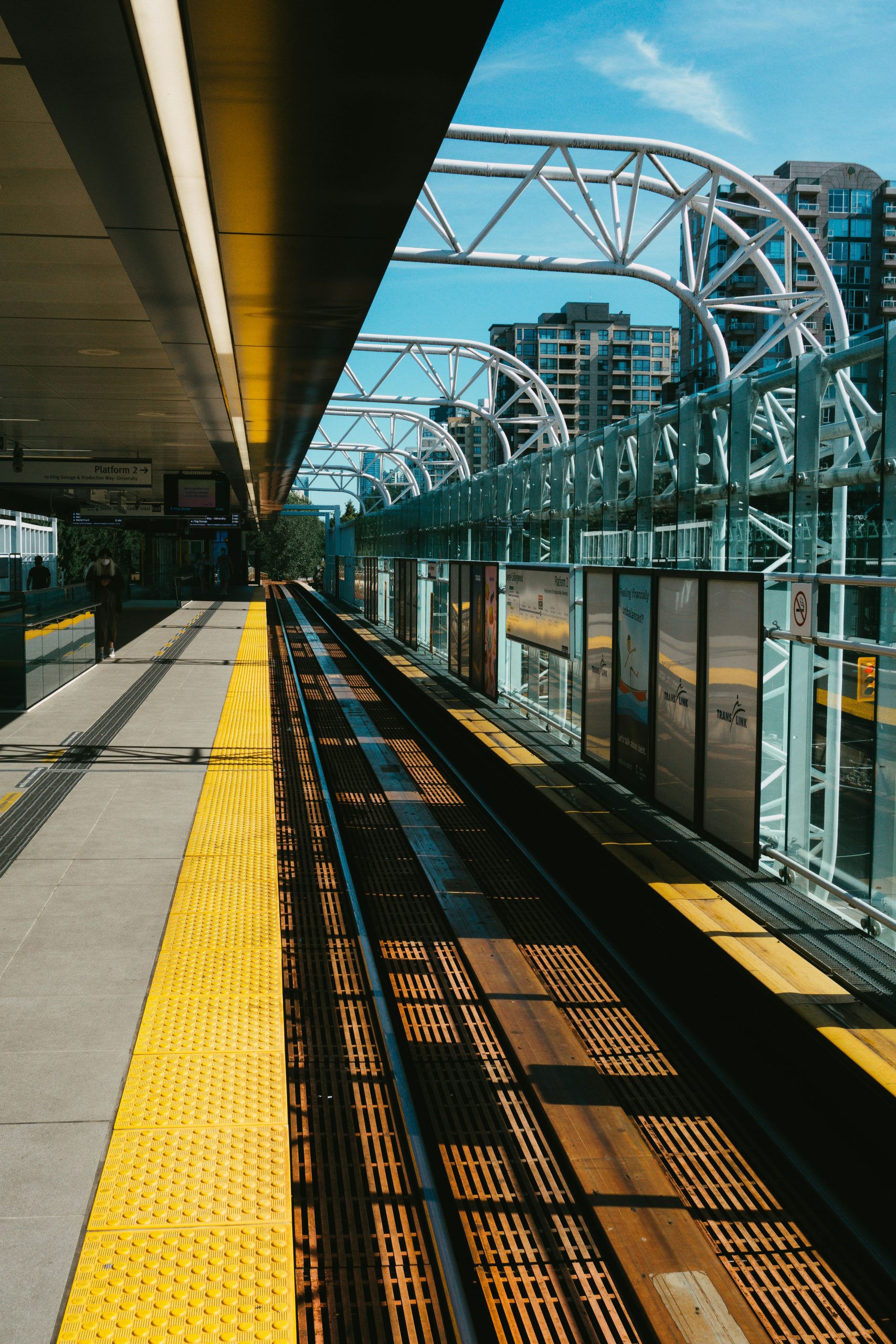Featured Guest
You’ll find this guest among our growing roll of Urban Champions.
-

Eric Klinenberg
Director, Institute for Public Knowledge, NYU
5 Key
Takeaways
A roundup of the most compelling ideas, themes and quotes from this candid conversation
1. The dilemma of “social distancing”
The call to practice “social distancing” told us to stay away from others to stay safe and to survive. The need to maintain physical distance from others to keep the virus from spreading was clear, but social engagement was exactly what we needed to get through the pandemic. Remarkable creativity has emerged from public institutions, community groups and neighbourhoods to drive both social distancing and social engagement. For many this has inspired a new appreciation for the social amenities we once took for granted.
2. Infrastructure and disaster
In the face of a disaster the test is often seen to be how well the infrastructure held up. As important as physical infrastructure is in withstanding extreme events, Eric Klinenberg points out that it is the failure of social infrastructure that can be the most damaging. Defined as the physical places and organizations that shape how people interact, strong social infrastructure in a community supports greater resilience. Eric’s study of the deadly 1995 heat wave in Chicago demonstrated that the highest death rates occurred in communities with the most deteriorated social infrastructure regardless of other demographic indicators.
3. The local library as a resilience centre
Following the devastation of Hurricane Sandy on New York City, Eric supported a design competition called Rebuild by Design. One of the projects pitched was a “resilience centre” where “resilience professionals” would always be available and “aggressively welcoming” to members of the community, especially for youth and seniors. Eric pointed out that the project had actually described the longstanding role of local libraries to a tee (and expressed envy for the magnificent Halifax Central Library where moderator Asa Kachan is Chief Librarian). As many in the chat pointed out, other examples of resilience centres include community centres, coffee shops, corner stores and inclusive communities of faith.
4. Making the case for investing in social infrastructure
If social infrastructure is what can make the difference between life and death in hard times, asked moderator Jennifer Angel, then why is it so hard to convince governments to invest in it? Discussion of ways to pay for social infrastructure included reference to the philanthropy that built Carnegie libraries and speculation on what that could look like today. Others expressed a preference for fairer taxation or highlighted the role of non-governmental agencies.
5. The future of social infrastructure
While COVID-19 has raised the prospect that social infrastructure will be given a higher priority in the post-pandemic period, the significant fiscal constraints that cities will continue to be under creates pressure to reduce costs. In conjunction with other emerging challenges like a changing climate, the future may be a dark age or a shining green new deal. These twin pressures could lead to new norms of multi-use design ensuring co-benefits from both hard and social infrastructures, such as Kate Orff’s Living Breakwaters project that won the Rebuild by Design competition in New York City following Hurricane Sandy.
Full Panel
Transcript
Note to readers: This video session was transcribed using auto-transcribing software. Manual editing was undertaken in an effort to improve readability and clarity. Questions or concerns with the transcription can be directed to events@canurb.org with “transcription” in the subject line.
Full Audience
Chatroom Transcript
Note to reader: Chat comments have been edited for ease of readability. The text has not been edited for spelling or grammar. For questions or concerns, please contact events@canurb.org with “Chat Comments” in the subject lin
From Canadian Urban Institute: You can find transcripts and recordings of today’s and all our webinars at https://canurb.org/citytalk
00:30:09 Canadian Urban Institute: Thank you for participating in today’s Art of City Building conference! We hope you are enjoying the program. Please follow along on Twitter and Instagram @AoCB2020 and Facebook https://www.facebook.com/AoCB2020.
00:30:45 Canadian Urban Institute: The conversations will be saved on www.ArtOfCityBuilding.ca & Art of City Building on YouTube. Thank you for sharing your observations and learnings – we celebrate engagement! #aocb2020
00:31:14 Canadian Urban Institute: Welcome! Folks, please change your chat settings to “all panelists and attendees” so everyone can see your comments.
00:58:32 Mary W Rowe: any questions for Eric? post them here 🙂
00:59:47 Jean-François Obregon: How would you “sell” the value of libraries to Millennials who may not have been spending their time there, even before COVID-19?
01:00:09 Mark Roseland: What besides libraries should be considered “social infrastructure”?
01:01:27 Susan Chin: What are the new institutions that can provide social infrastructure during COVID?
01:01:30 Canadian Urban Institute: Eric Klinenberg @EricKlinenberg https://www.linkedin.com/in/eric-klinenberg-8b60402/ Mary Rowe @rowemw linkedin.com/in/marywrowe Asa Kachan https://www.halifaxpubliclibraries.ca/
01:02:10 Canadian Urban Institute: Jennifer Angel @waterfrontangel https://www.linkedin.com/in/jennifer-angel/
01:02:29 Wendy Luther: On the millennials comment…we’ve had some great uptake on the podcast creation technology at our Halifax Library, which led to the creation of the famous “Sick Boy” podcast and many others.
01:02:46 Robert Plitt: Does anyone know of work being done on quantifying the co-benefits of investment in social infrastructure.
01:03:34 Andrea Lam: @Jean-Francois, they’re a group that are definitely underrepresented as library users. I got a chance to chat with a few and they mentioned that they need something that gives their personal or professional life value. They have so little time and most of our programming is geared to people 50+ and usually are literacy based.
01:03:36 Tom Yarmon: how incredible would it be if Bezos could become a latter day Carnegie?
01:03:41 Greer Kaiser: When our palaces for the people are fully functioning and open, we offer many services to people who need our havens. How can we provide services these days when we can’t allow “lingering” visits?
01:04:41 Andrea Lam: @Tom, that would be huge and make a real difference in so many lives!
01:05:07 L Taylor: Can you speak to the power dynamic that exists when you consider social infrastructure — individuals who rely on these spaces do not hold power or influence. But those who hold more power and wealth, may not have stepped foot in a library or public space for years, and do not see the relevance.
01:09:07 Tom Yarmon: @Andrea, i will just give my friend Jeff and put it to him. But seriously, perhaps a social media campaign? I am far from an expert on that; but watch “The Social Dilemma” and get one of those folks who know how to get messages going viral to get with it.
01:09:38 Michelle Hoar: As per the idea of Bezos becoming a Carnegie, I think the overall impact on social infrastructure would be greater if they super wealthy were fairly / aggressively taxed. That would go far beyond any philanthropy they might voluntarily undertake.
01:11:00 Canadian Urban Institute: Reminding attendees to please change your chat settings to “all panelists and attendees” so everyone can see your comments.
01:11:15 Abby S: But doesn’t it come from the top?
01:11:38 Jean-François Obregon: Thanks, @Andrea and @Wendy. I still feel like it’s a challenge.
01:12:09 Tom Yarmon: @Michael, this concept is targeted and feeds on his background. taxation is a huge issue (and I agree). These guys have big egos. work on it!> Yes, andrea. send some tweets!.
01:12:15 Aphrodite Bouikidis: @Tom MacKenzie Scott, who was married to Bezos, is more likely to become a latter day Carnegie. @Michelle – yes! Agreed! We need to be taxing fairly.
01:12:55 Paul mackinnon, AoCB: It used to be the case that the US Fed gov’t invested $8 for every $1 Feds invested in Canada. That is no longer the case, so we have much to learn form one another.
01:13:14 Abby S: agreed that tax policy should change (New Jersey has made a very small first step)
01:14:08 Tom Yarmon: gotta go, folks. Thanks to Eric,Mary and all panelists and attendees also!. Libraries forever!! Serious.
01:14:22 Aphrodite Bouikidis: How do we factor social infrastructure into recovery funding and economic stimulus investment funds? How do we make the case for social infrastructure as being ‘Critical Infrastructure’, as defined by the disaster risk and emergency response and recovery fields?
01:14:47 Paul mackinnon, AoCB: Millennium Park in Chicago is a great example. It had no government money (I believe). It is an amazing civic space for the people of Chicago.
01:14:51 Mark Roseland: Should social infrastructure also include locally-owned businesses, eg, corner stores and indie coffee shops?
01:15:58 Abby S: @mark YES (it is a part of the bring back mainstream ethos I think).
01:16:16 Ronny Yaron: Why was there not one mention of community centres and hubs which already exist in many communities in addition to libraries ??
01:16:32 Abby S: @Mary…yes
01:16:33 Frank Murphy: The corner store. The 15 minute neighbourhood. Social infrastructure as urban design.
01:16:51 Canadian Urban Institute: Please share your questions and comments with everyone
01:16:55 Abby S: *Mainstreet
01:17:37 Susan Chin: Why is only municipal resources, where do people’s volunteer and bottom up efforts fit in?
01:18:53 Purshottama Reddy: Whenever there are financial constraints, the first casualities are the soft municipal services, notably libraries, community halls, museums and playgrounds. Quite often, the provision of libraries/museums are unfunded mandates from the higher spheres of government and the municipalities are not adequately compensated are subject to negotiation.
01:19:43 Frank Murphy: De-centralization. De-consolidation.
01:20:02 Michelle Hoar: @MarkRoseland – I absolutely think that local independent businesses should be thought of as social infrastructure. As the partner of an indie record store owner, I have heard thousands of stories over 18+ years of how they are a sort of community centre for some pretty vulnerable people often. Anchors and human company for many. It’s increasingly hard for them to survive – and I won’t even get into gentrification, lack of protection for commercial tenants etc.
01:20:34 Doug Snyder: If Churches could be inclusive … they would be a great base for community building.
01:21:40 Canadian Urban Institute: The conversations will be saved on www.ArtOfCityBuilding.ca & Art of City Building on YouTube. Thank you for sharing your observations and learnings – we celebrate engagement! #aocb2020
01:21:54 Robert Plitt: Who are they? The folks doing this work. Where can we find it?
01:23:17 Canadian Urban Institute: Thank you for participating in today’s Art of City Building conference! We hope you are enjoying the program. Please follow along on Twitter and Instagram @AoCB2020 and Facebook https://www.facebook.com/AoCB2020.
01:23:28 Ai Lim: In the book, Everybody Lies, a study refers to “social infrastructure” as improving educational and career outcomes for people living in that area. It,
01:24:00 Abby S: and horror
01:24:51 Mary W Rowe: From @rhonda: Great report undertaken by the State Library of Victorian and Public Libraries Victoria,”The socio-economic value of public libraries to Victorians”. Available online.
01:25:28 Aphrodite Bouikidis: What is the most urgent research we need next on social infrastructure?
01:25:32 Paul mackinnon, AoCB: “….as I just wrote in the New York Times…” A phrase we all can use, I’m sure. LOL.
01:25:38 Andrea Lam: @Doug, I’m reading “For All Who Hunger” about one such inclusive church – it’s for anyone who is missing something in their life, connection, spirituality, attention, what have you and it sounds so progressive.
01:25:42 Abby S: Trump could make them into untrusted institutions in a heartbeat
01:26:21 Canadian Urban Institute: https://www.cardus.ca/research/social-cities/halo-project/ shows the value of faith buildings like churches
01:28:31 Abby S: Ketchup flavoured
01:28:36 Abby S: Not available in the US
01:28:39 Faryal Diwan: poutine?
01:28:41 Susan Chin: Thank you for your leadership & inspiration!
01:28:44 Greer Kaiser: Storm Chips!
01:28:50 Abby S: Thank you CUI
01:29:01 Zubair Ahmed: Thank you CUI
01:29:04 Irena Kohn: Thank you!
01:29:04 Abby S: Thank you MarY!
01:29:13 Greer Kaiser: Stay safe from Teddy, Nova Scotia!
01:29:21 Michelle Hoar: Thanks Eric, Asa, Jennifer Mary and CUI!
01:29:22 Abby S: Last time I heard Eric was at Toronto Reference!
01:29:26 Maureen Sawa: Excellent session. Thank you!
01:29:30 Rose Nixon: Interesting talk. Thanks Eric.
01:29:32 Mark Roseland: Thanks, all!
01:29:33 Erica Lay: Thanks AOCB, a great day.
01:29:42 Abby S: Good luck!
01:29:46 Marilyn Cameron: thanks all!
01:29:47 Amy Dawley: Thanks everyone!
01:29:47 Wendy Luther: Thank you all!
01:29:48 Faryal Diwan: thank you!



